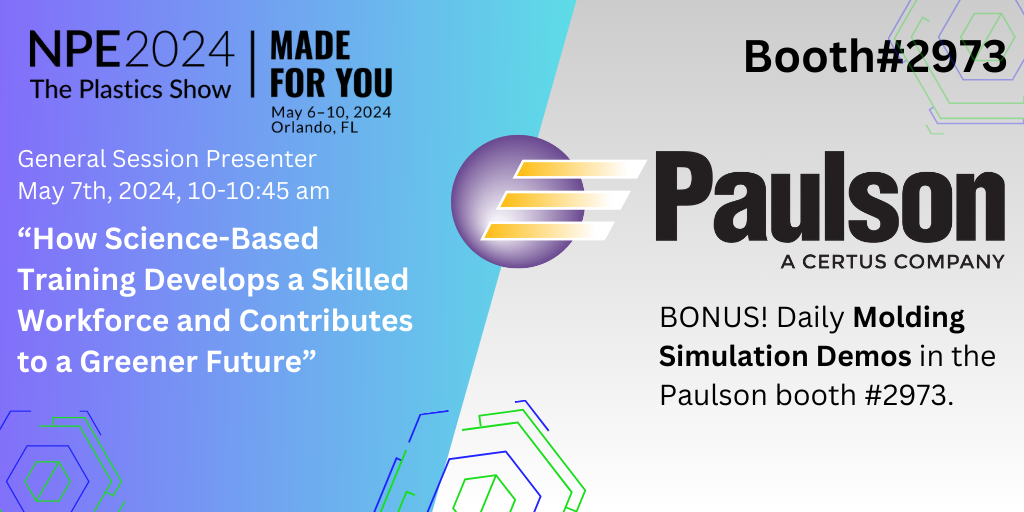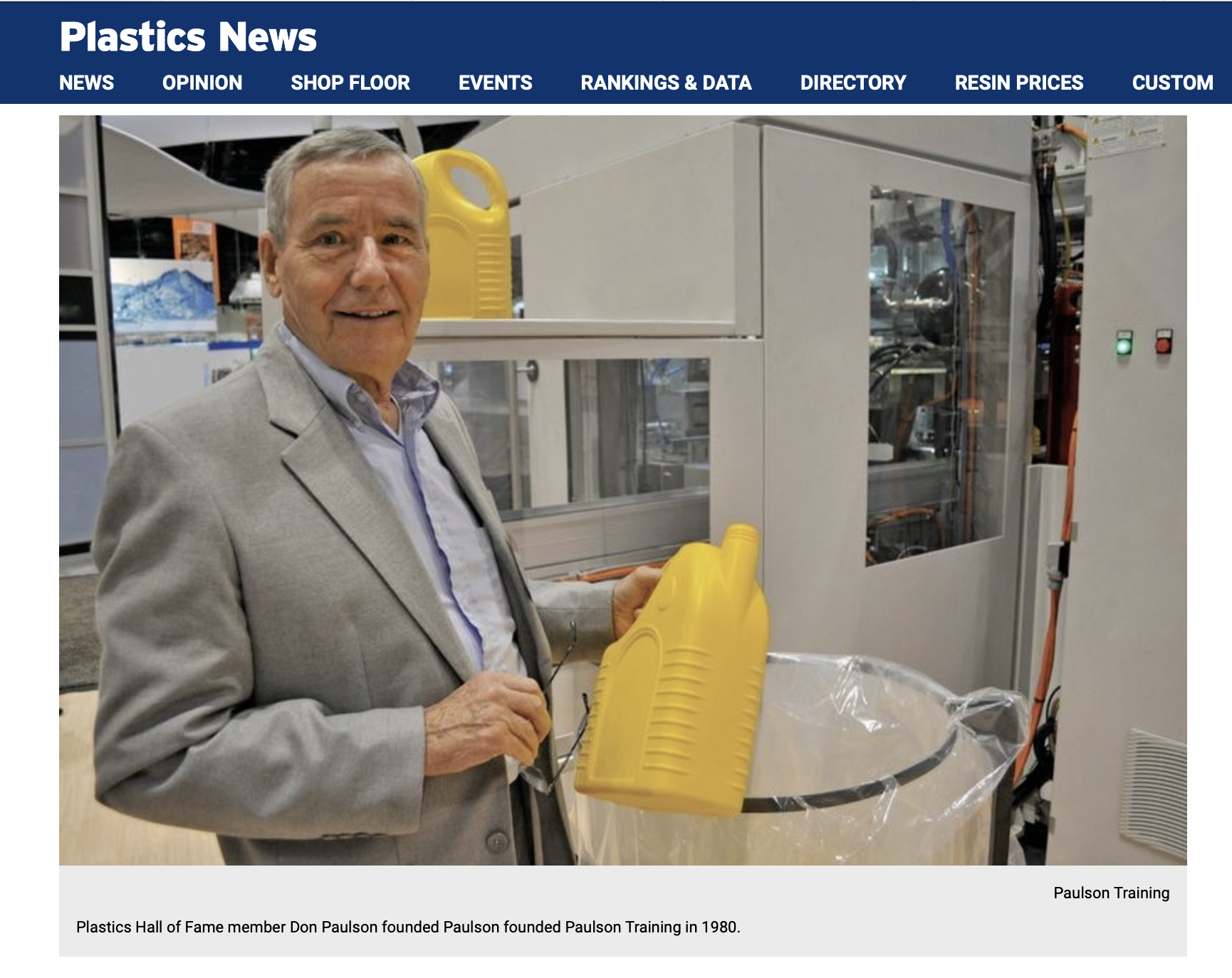 This is a short extrusion training tutorial on the basics of how plastic is melted in the single screw extruder. Let’s talk about the compression zone.
This is a short extrusion training tutorial on the basics of how plastic is melted in the single screw extruder. Let’s talk about the compression zone.
Most of the melting of the raw material from solid plastic particles to plastic melt occurs in the extruder screw compression zone. The goal of the compression zone is to completely melt the solid bed of plastic and also to help mix the melt. This melting and mixing is accomplished through heat, compression and shear. Plastic pressure is also increased in this zone.
The Plastic Melting Process
In the compression zone of the extruder, the plastic is in contact with the heated inner wall of the extruder barrel. The high surface temperature continues to melt the plastic that is in contact with the barrel wall. A thin layer of molten plastic adheres to the inner barrel wall. The rotating screw shears the plastic at the barrel wall which generates heat and accelerates the melting process. If we follow this plastic as it travels down the compression zone, we see that the layer adhering to the barrel thickens, until this thickness exceeds the clearance between the screw flight and the barrel wall. The screw flight, while moving forward, scrapes off some of the melt, which then accumulates at the front or pushing face of the flight.
As more melt accumulates in front of each screw flight, we see a melt pool begin to fill the screw channel, pushing the solid or semi-solid bed of plastic granules forward. The unmelted plastic continues to be forced into the region of high shear at the barrel surface. The solid bed of plastic continues to melt and join the melt pool.
To complete the melting process, all unmelted plastic in the solid bed should be displaced by the molten pool and forced against the barrel surface. Sometimes this does not happen. As the plastic melts, the solid bed may break up, leaving unmelted plastic floating in melted plastic. This unmelted plastic may not be forced against the hot barrel surface, and so some may remain unmelted. The unmelted plastic particles may pass through the rest of the screw still in a semi-solid state. If the extruder screw has a mixing section at the end, this section should complete the melting and mixing. If the extruder has a screen pack, this will block unmelted plastic and force it to melt. However, the trapped plastic particles could remain trapped in the screens long enough to degrade.
Compression Zone Operating Variables
Compression zone barrel temperature is a variable. Raising the temperature of the barrel heaters in the compression zone causes earlier melting – that is, melting occurs further back in the compression zone. The increased conductive heat raises the temperature in the melt film region. But the increased temperature in the melt film region also decreases the plastic’s viscosity so it reduces the shear heating.
Raising the barrel temperature on the extruder can either increase or decrease the melting rate, depending on how much the viscosity changes. A decrease in the overall melting rate is more likely when extruding amorphous type plastics because their viscosity drops quickly when their temperature is raised, so less shear heating occurs. The viscosity of semi-crystalline plastics is less affected by an increase in compression zone temperature, so shear heating continues at a high rate.



